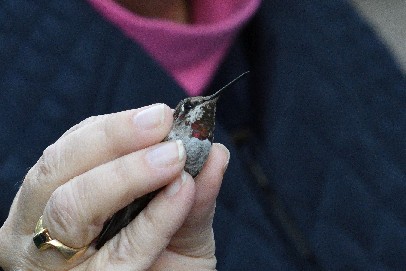Please contact trip leader in advance if you are planning to go on a field trip.
Meetings & Programs
Saving the Cerulean Warbler
ZoomKatie Fallon
Ornitherapy: For Your Mind, Body and Soul
ZoomHolly Merker - Club member and lead author of the new book "Ornitherapy: For Your Mind, Body and Soul"
Watching birds: not only fun, but good for you!
Learn why getting your daily dose of Ornitherapy is just what the doctor ordered….
Ornitherapy, or a more mindful approach to the observation of birds, benefits our mind, body, and soul. We’re pushed and pulled in many directions, no matter our age. If we allow birds and nature to slow us down, we are practicing a form of “selfcare”. Research shows that exposure to nature actively reduces stress, depression, and anxiety, while helping build a stronger heart and immune system. Birds are gateways into deeper experiences with nature, magnifying these benefits. Through observation, we can learn not only about birds, but gain insight into our own lives while exploring our connection to the world around us. This fosters stewardship and bolsters conservation.
Within the program, we’ll delve into our connections to birds, how to practice Ornitherapy for optimal benefits, and learn about the latest research in the power of nature for overall wellbeing. Come listen to how watching birds can bring you more than just the enjoyment.
Holly Merker has a background in art therapy, but today employs birds and nature toward the same goals of wellbeing in her work as an environmental educator and birding guide. Holly has worked as a professional birding instructor for National Audubon, the American Birding Association, and many other organizations. Passionate about connecting young people to birds, she co-founded the Frontiers in Ornithology Symposium, and has facilitated many young birder groups and teen birding camps. Dedicated to bird conservation, she has been state coordinator/reviewer for the Cornell Lab of Ornithology’s eBird Pennsylvania since 2005, and a two-term voting member of the PA Ornithological Records Committee, as well as the Committee Chair. Holly is lead author of the book Ornitherapy: For Your Body, Mind, and Soul (along with co-authors Richard Crossley and Sophie Crossley, Crossley Books, 2021) and is currently promoting the practice of Ornitherapy and providing workshops and programs across the U.S. In her free time, Holly spends every possible moment practicing Ornitherapy herself, which she credits in helping her defeat breast cancer, restoring her health mentally and physically.
Note: This is a virtual meeting. Zoom signon will start at 7:15 to enable the meeting to begin at 7:30.
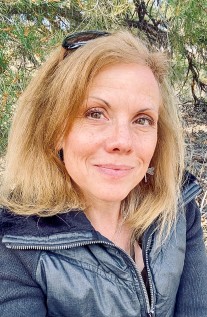
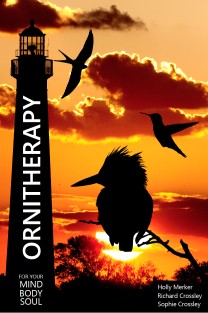
Women in Birding-a Force beyond Feathers
ZoomDebbie Beer - President of the Birding Club of Delaware County (BCDC)
Women have connected to birds long before there were binoculars, smart phones or social media. As culture and communications evolve, the stories of women's roles in ornithology and birding are emerging with due prominence. In pre-industrial America, it took special grit for a woman to stand out in any scientific endeavor, amid scores of men. It still takes effort, but the scales are tipping as women birders make a difference as ornithologists, teachers, researchers, writers, artists, promoters, tour operators, and inspiration for all who love wild birds. From Rosalie Edge - the hellcat of raptor conservation, and Harriet Hemenway - the plume-scorning fashionista, to Graceanna Lewis - a maverick in bird taxonomy, and Rachel Carson, whose book saved countless endangered species, women have been influential members of the birding community for millenia. Join me to learn about a few women whose names may be unfamiliar, but whose impact is indelible as a force beyond feathers.
Debbie Beer has been an avid birder for more than 20 years. She's travelled to multiple countries and continents for birding, including Africa, India, Brazil and beyond. John Heinz National Wildlife Refuge in Philadelphia is Debbie's favorite local patch, where she directs the annual "Big Sit" event and leads monthly bird walks. Debbie is fortunate to blend professional and personal interests while working for Natural Lands as Director of Volunteers. In that capacity she manages robust volunteer bird survey, nestbox monitoring, and land stewardship programs on Natural Lands properties. Debbie participates in the annual Christmas Bird Count, Philadelphia Mid-Winter Bird Census and other conservation initiatives. She is an avid eBirder, fellow of the Delaware Valley Ornithological Club (DVOC) and president of the Birding Club of Delaware County (BCDC). Debbie is passionate about sharing nature with others, supporting conservation, and advocating access to green space in a diverse, urban community.
Note: This is a virtual meeting. Zoom signon will start at 7:15 to enable the meeting to begin at 7:30.
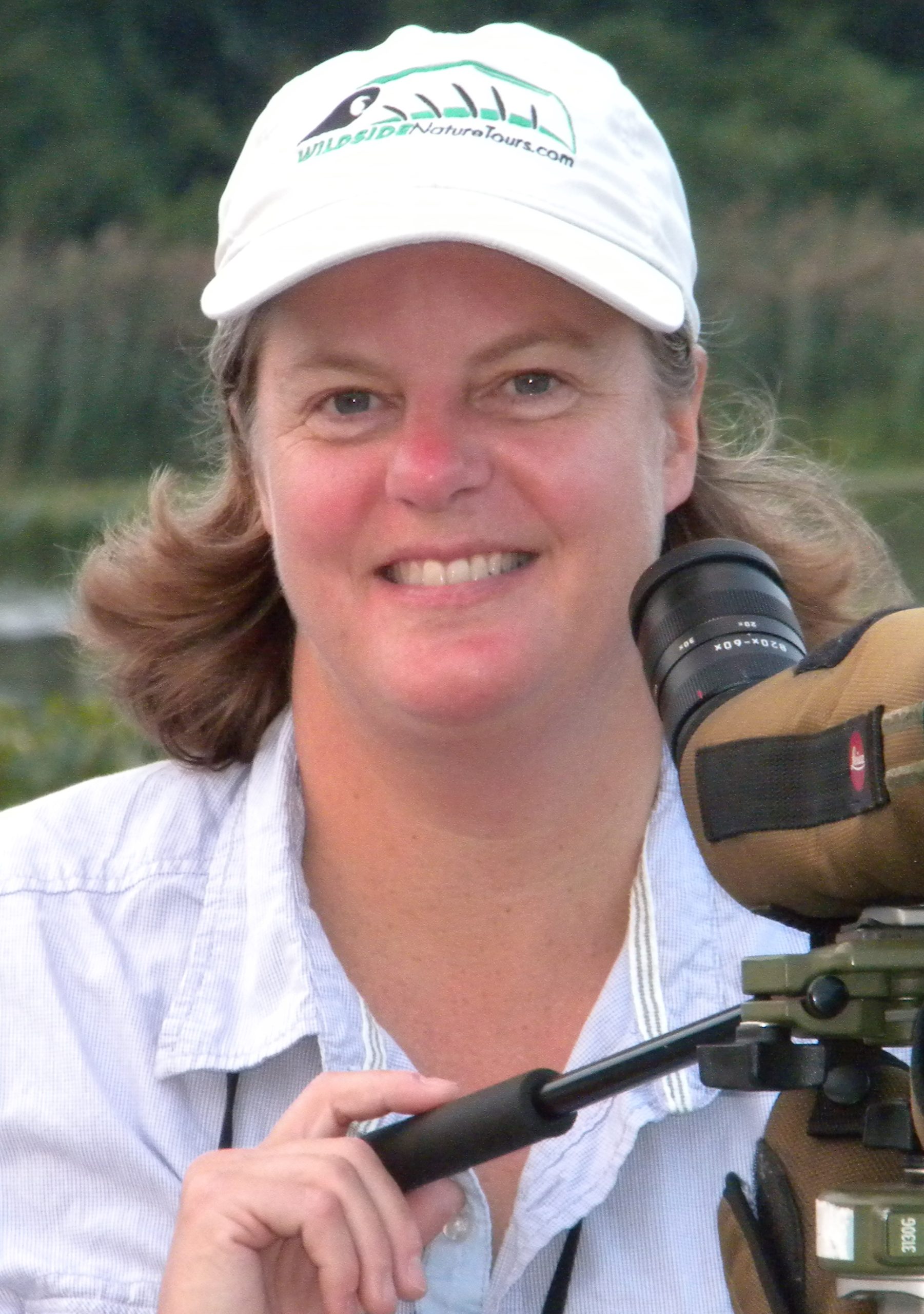
California Dreaming
ZoomKurt Schwarz
What’s New With Birds on the Move? Recent discoveries about migratory bird ecology using radar and telemetry
ZoomDr. Jeffrey Buler - Associate Professor in the Department of Entomology and Wildlife Ecology at the University of Delaware
Dr. Buler will share highlights of recent and ongoing research by his lab and colleagues in the field of aeroecology; the study of the ecology of flying animals aloft. He will talk about how he uses radar and telemetry technologies to make new discoveries into 1) why and where birds stopover when migrating through the Gulf of Mexico and the Great Lakes regions, 2) how waterfowl in the Delmarva peninsula may play a role for avian influenza transmission risk to poultry, and 3) the movement and roosting ecology of Purple Martins in our region.
Jeff Buler's broad research interests include avian ecology, landscape ecology, remote-sensing, and conservation biology. Dr. Buler established the Aeroecology Program at the University of Delaware in 2011. He is an international leader in the development of novel methods and software for using weather surveillance radars to study the broad-scale distribution, movement, and habitat use patterns of birds, insects, and bats.
Sparrows Simplified: Making Sense of the Little Brown Jobs
ZoomMichael Moore - President of the Delaware Ornithological Society
Many birders struggle with identifying sparrows, referring to them as LBJ's (little brown jobs) or sparrow sp. This talk will help you tackle this difficult group. It will discuss and then attempt to blend the two main approaches to identification, the Peterson System and the Cape May School, to lead you to sparrow identification confidence. Each of the 16 species of regularly occurring sparrows in this area will be compared and contrasted with some discussion of finding and identifying rarities.
Mike is a recently retired Biology professor. He was at Arizona State University for 27 years and then at University of Delaware for 11 years before retiring a couple of years ago. He has published nearly 100 papers in scientific journals on behavior and hormones of birds and reptiles. He worked as an intern at Manomet Bird Observatory in Massachusetts in college and then completed a PhD in Zoology at the University of Washington on White-crowned Sparrows. He started birding in Massachusetts at 11 years old and has pursued it passionately since with a special interest in identification challenges and chasing rarities, splitting his field time between birds and his other passion, odonates. He is currently President of the Delaware Ornithological Society, a Vice President of the Dragonfly Society of the Americas and an eBIrd reviewer for Delaware.
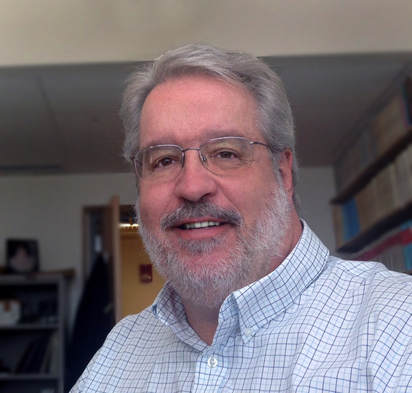
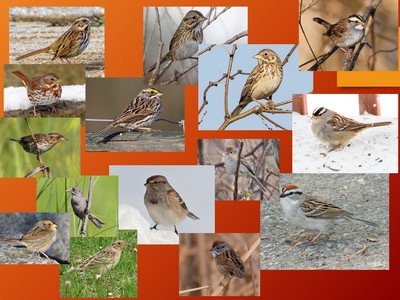
North American Bird Names – The Apostrophes
ZoomBert Filemyr
Of the over 950 birds on ABA's North American Bird List, almost 100 have apostrophes in their common names. These birds are named in honor of some of our most famous North American ornithologists (Audubon's Shearwater, Wilson's Plover, Cassin's Finch, etc.). But some are named for little known people (Lucy's Warbler, Lincoln's Sparrow, Bicknell's Thrush, etc.) and some are even named in honor of people who never set foot in North America (Swainson's Thrush, Henslow's Sparrow, Bewick's Wren, etc.). Learn the fascinating stories behind the birds with apostrophes in their common names and the very human people who have been so honored.
Bert Filemyr is an active field birder both in the Delaware Valley and throughout North America. He has birded extensively in all 50 states. He has having seen at least 100 species in each of the lower 48 states plus several Canadian Provinces. Retired from a public school teaching career, he pursues his passion for birding while researching topics related to early American ornithology. He was a member of the championship Nikon/DVOC World Series of Birding Team, the Lagerhead Shrikes for many years. He co-authored, along with Jeff Holt the book "The Composite Prints of Audubon's Birds of America" and a major article on Alexander Wilson in the Wilson Journal of Ornithology.
Hurricane Effects on Caribbean Birds
ZoomDr. Joseph M. Wunderle, Jr. - Editor-in-Chief of Journal of Caribbean Ornithology
To help understand how hurricanes affect birds and their habitats and resources, Dr. Wunderle's talk will summarize some of the direct and indirect effects of hurricanes on bird populations in the Caribbean. Dr. Wunderle and his colleagues have been "fortunate" in having baseline samples of populations and resources before the arrival of hurricanes on different islands and they have been able to re-sample in the storms' aftermath to enable before and after comparisons. His talk will identify some of the types of birds, habitats, and resources especially vulnerable to hurricanes as well as demonstrating some post-hurricane behavioral responses of birds. Although some Caribbean bird species such as the endangered Puerto Rican Parrot have been found to be highly vulnerable to hurricane-induced population declines, populations of other bird species have been found to be remarkably resilient to hurricane impacts. In fact, not all is doom and gloom.
Wunderle has 40 years of experience teaching and conducting research throughout the Caribbean where he focuses on ecology and conservation of migrant and resident birds. His dissertation (Ph.D., 1980, Univ. of Minnesota) fieldwork was conducted on Grenada where he also taught field courses in the nearby Grenadines. Afterwards, he taught for a year at North Carolina State University and taught with the Organization for Tropical Studies in Costa Rica. In 1982, he joined the University of Puerto Rico (UPR) where he taught and conducted research with his students for eight years before joining the U.S. Forest Service (USFS) as a Research Scientist working throughout the Caribbean, Central America, and Brazil. After 30 years with the USFS he retired, joined the board of BirdsCaribbean and returned to teaching ornithology for a semester at UPR, where he continues to advise graduate students. He has authored or co-authored numerous publications, including a field guide to the natural history of The Bahamas, based on his research and training of Bahamian students. He is a Fellow of the American Ornithological Society and a recipient of its Ralph W. Schreiber Conservation Award and a founding member and former president of BirdsCaribbean and a former president of the Neotropical Ornithological Society.
Members’ photos
ZoomCoordinated by Luc Jacobs. If you have photos to contribute contact Luc at jacobsluc52@yahoo.com or 484-706-1999.
NOTE: This is a virtual meeting. Zoom signon will start at 7:15 to enable the meeting to begin at 7:30.
The PGC’s Kestrel Conservation Initiative: Teamwork makes the dream work!
Dan Mummert - PA Game Commission’s wildlife diversity biologist for southeastern Pennsylvania
Since 2016 the PGC has been ramping up their conservation efforts for the American Kestrel throughout southeastern PA. This talk will provide information about these small, declining falcons and highlight some of the accomplishments made and information learned from this study. The talk will also help highlight the importance of teamwork in conservation projects such as this and explain how the success of this kestrel program has only been possible with the continued help of a dedicated team of partners and volunteers including the West Chester Bird Club.
For the past 18 years, Dan Mummert's work has been focused on the conservation of the state’s rare and declining species of birds and mammals. Before being hired by the PGC, Dan worked as a wildlife biologist in California, Utah, Arizona, Delaware, Maryland, and western Pennsylvania. Dan studied wildlife conservation in college and received his B.S. from the University of Delaware and M.S. from Northern Arizona University.
Note: This meeting will be held in person at the meeting house and via Zoom. Zoom signon will start at 7:15 to enable the meeting to begin at 7:30.

